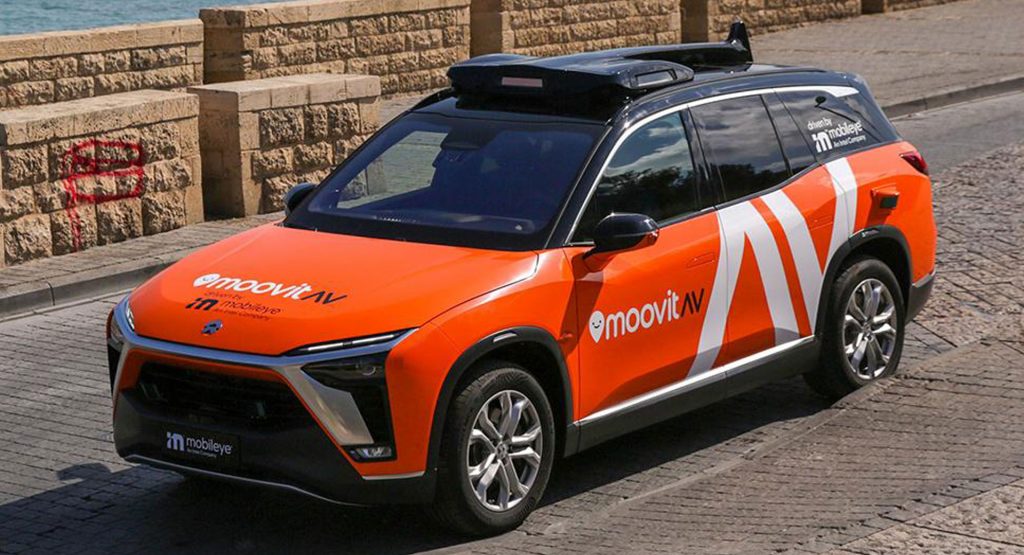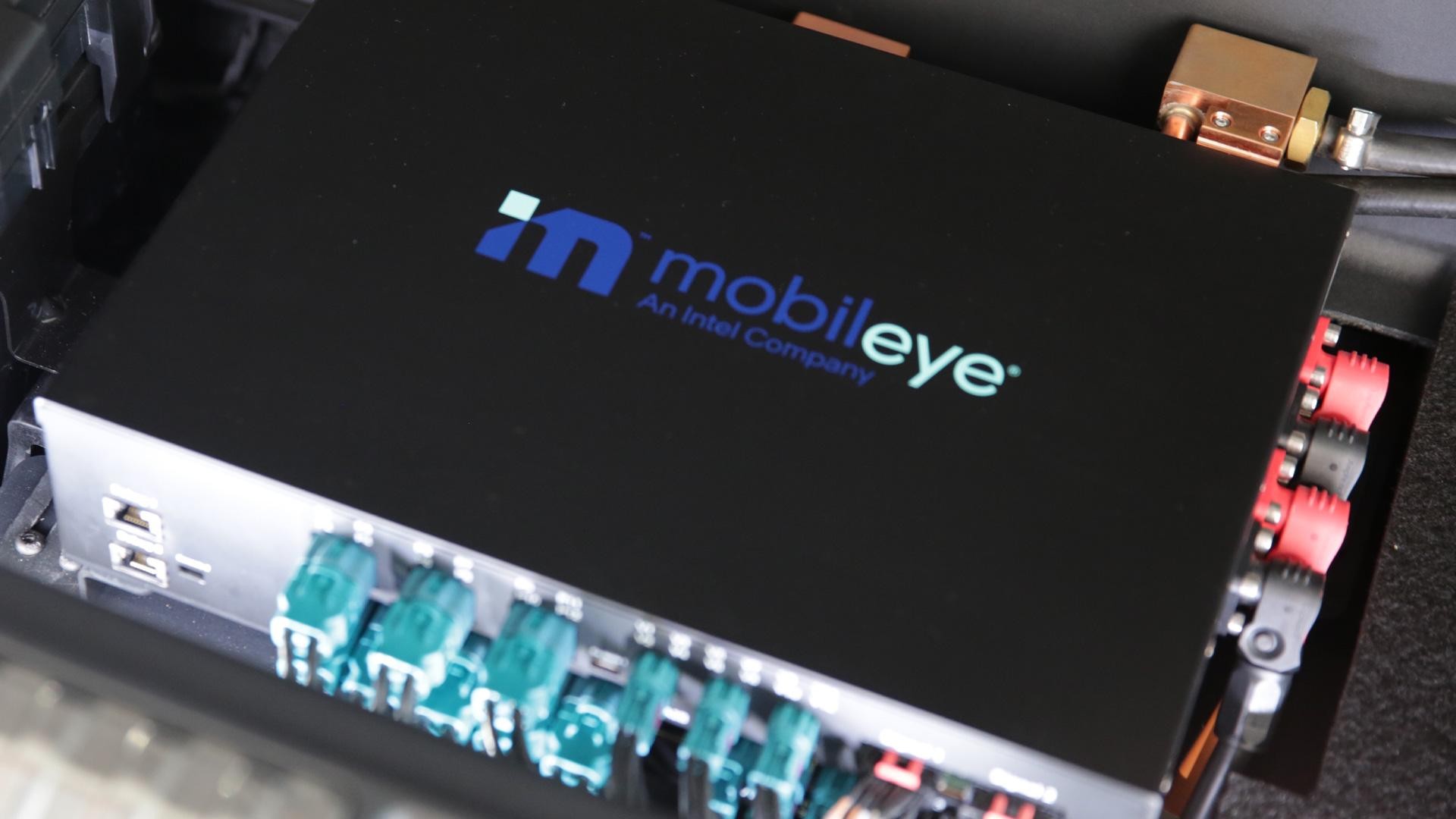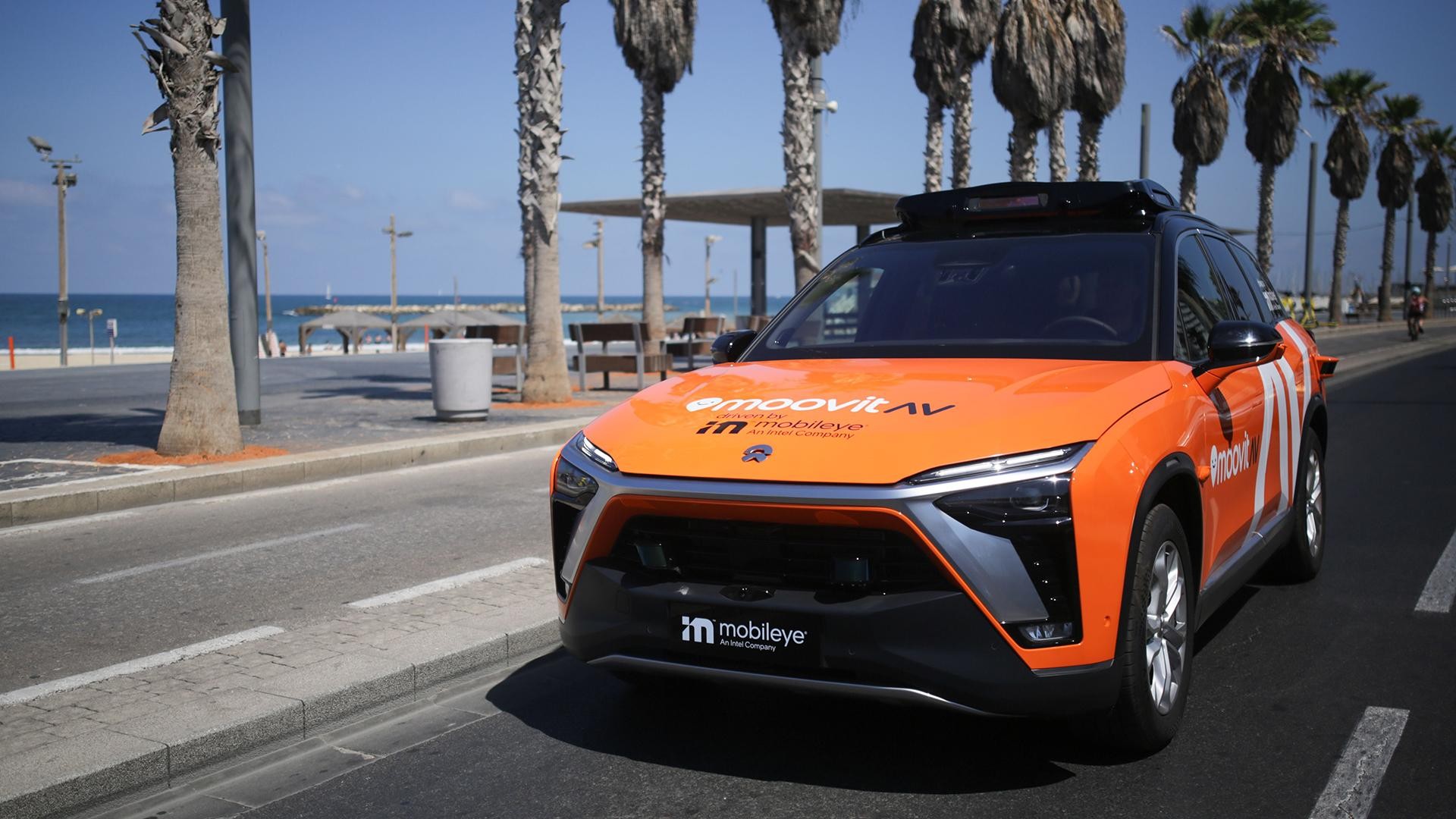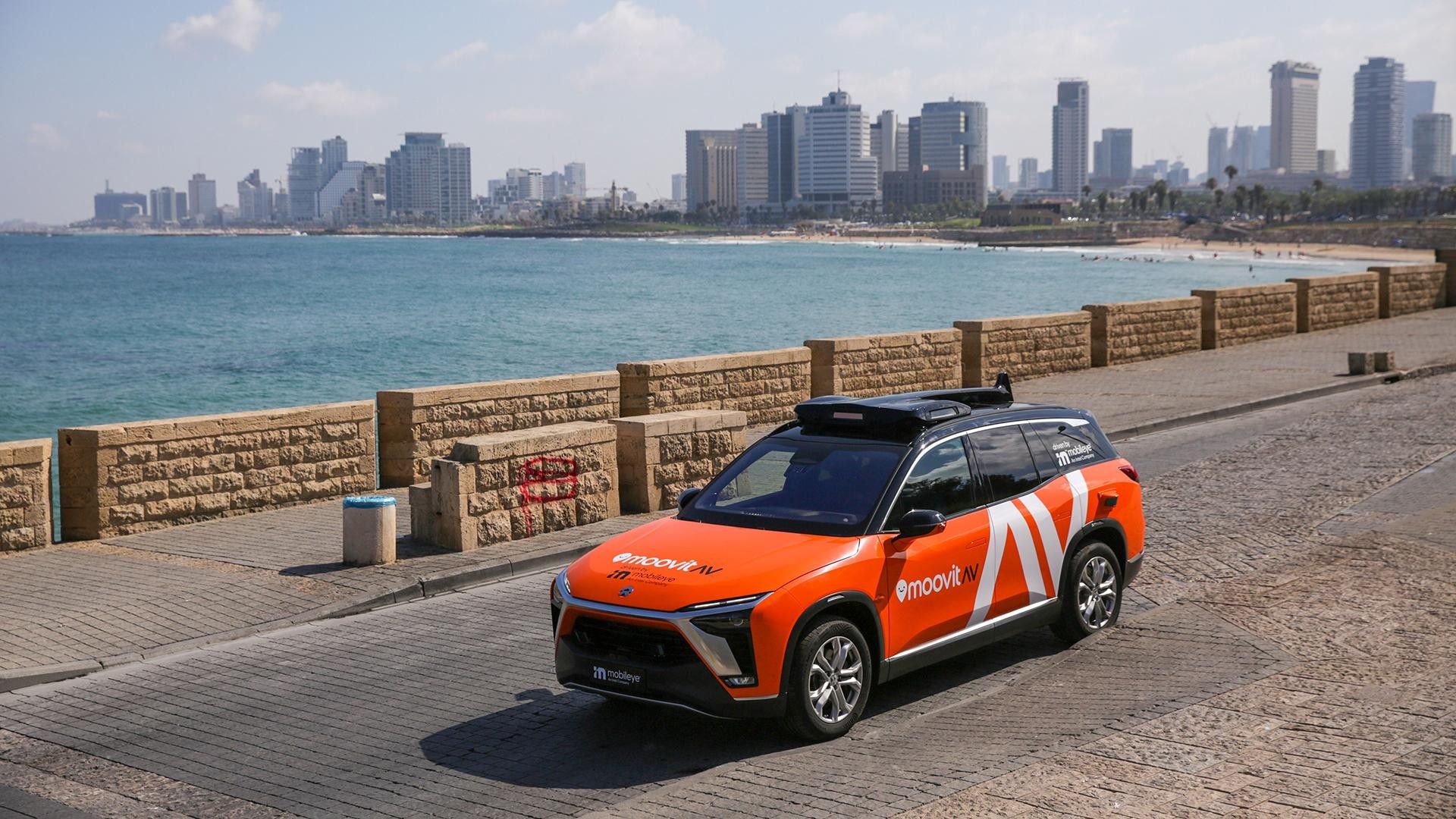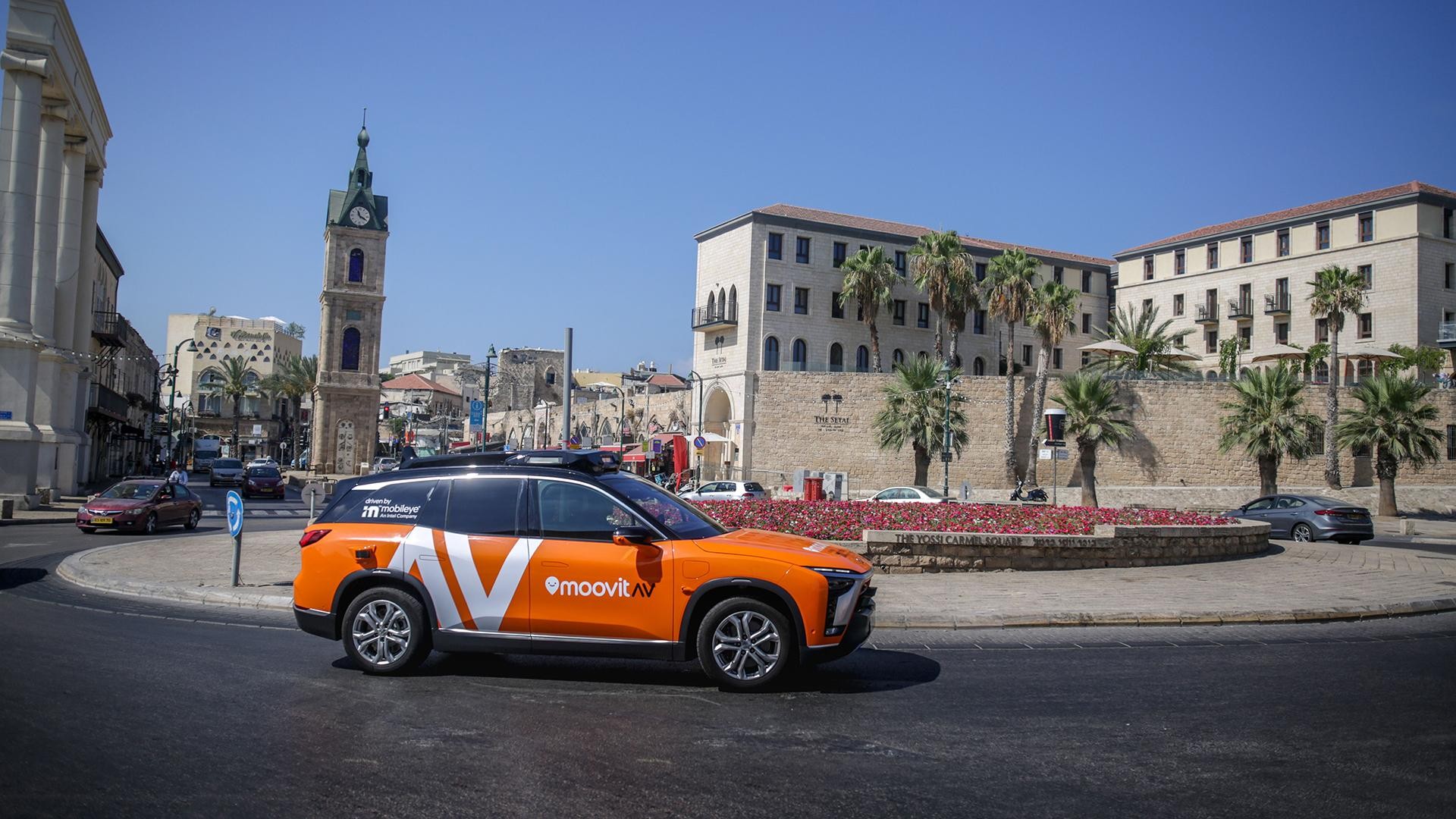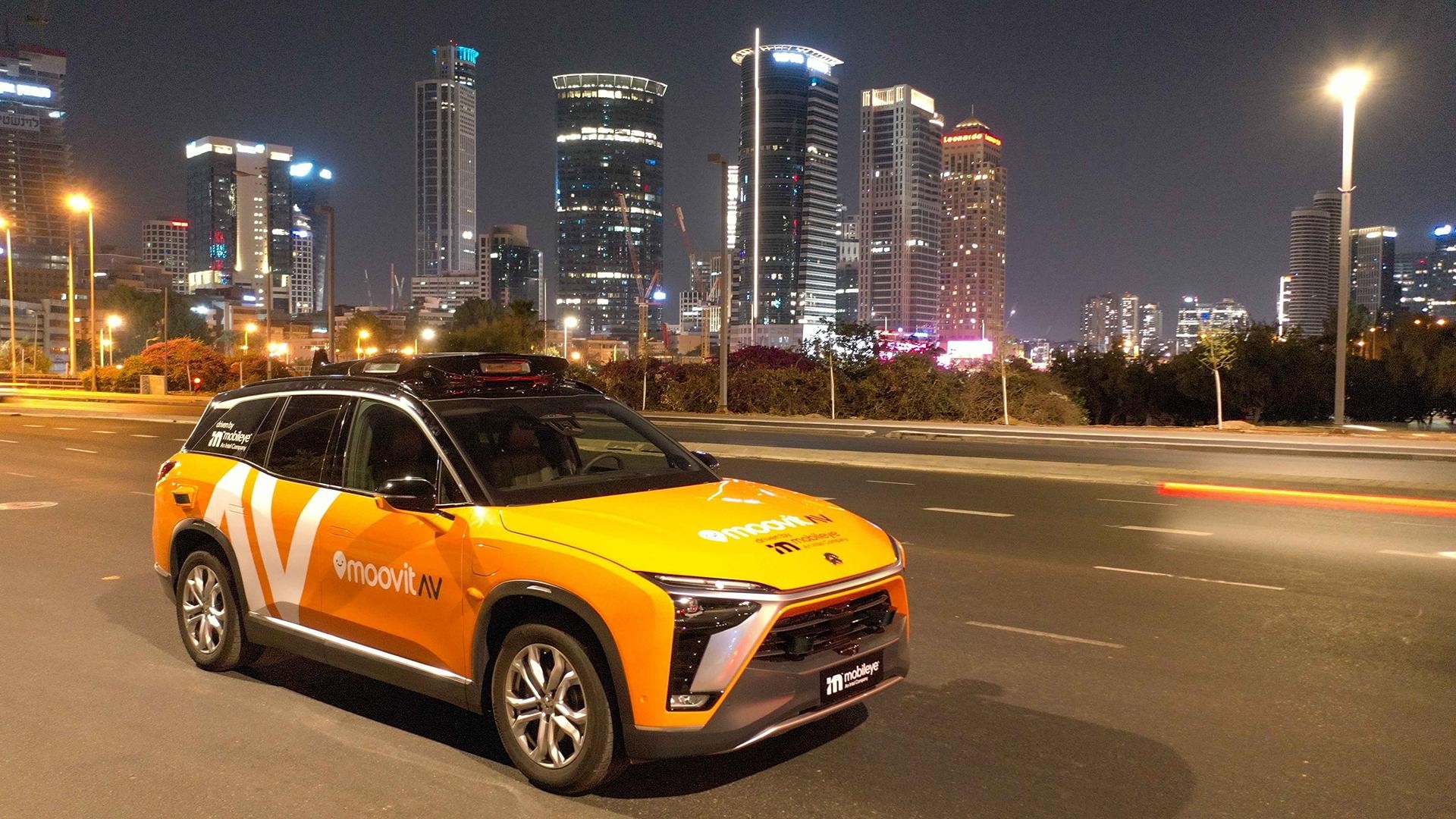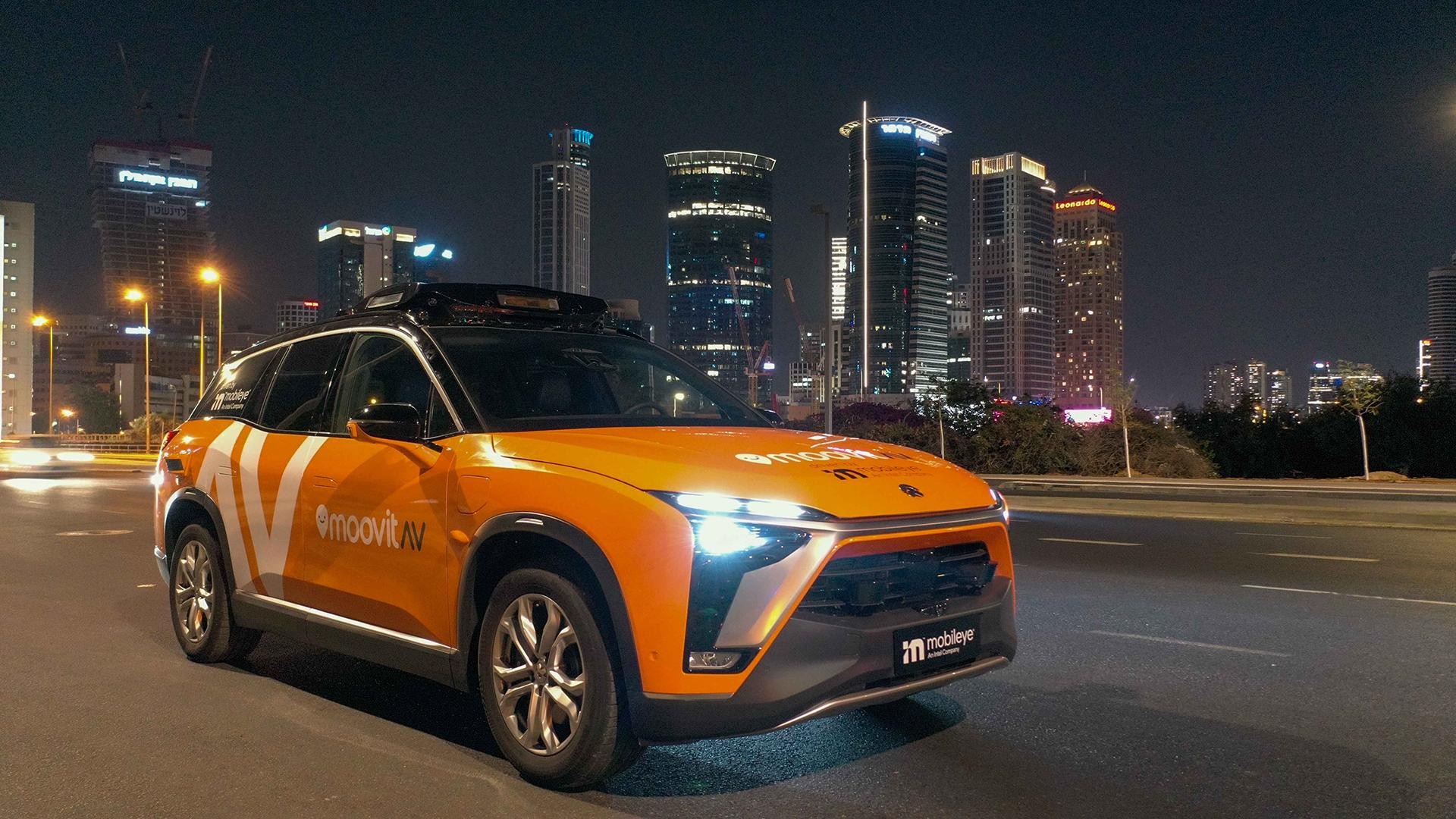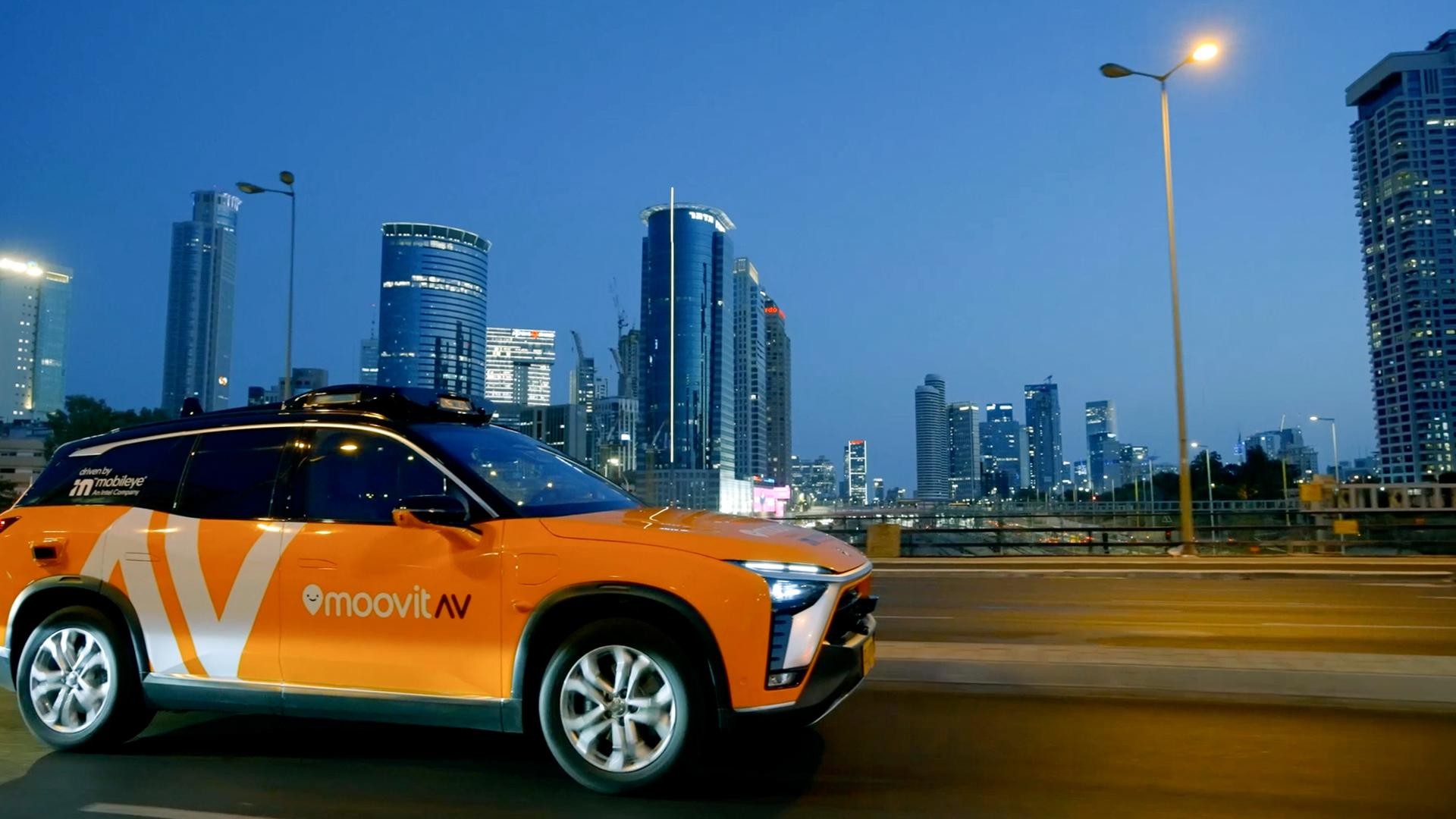Intel’s Mobileeye has used the Munich Motor Show to unveil their “road-ready” autonomous ride-hailing vehicle.
Based on the Nio ES8, the model has been equipped with 11 different cameras, radar sensors and a variety of lidar units. They enable the vehicle to see its surroundings and all of this information is processed by the Mobileye Drive system, which features eight EyeQ 5 SoCs and is small enough to fit in a compartment beneath the load floor.
Intel noted the system allows for SAE Level 4 autonomy and is the “first AV to employ all features of the Mobility trinity, including the True Redundancy sensing solution with cameras, radar and lidar sensors, Mobileye’s crowd-sourced Roadbook AV map, and Responsibility-Sensitive Safety driving policy.”
Also Read: Great Scott, Hyundai Ioniq 5 Robotaxi Wants To Takes Us Back To The Future
Speaking of redundancy, there are two different ‘layers’ of sensors that operate independently. The cameras make up one layer, while radar and lidar sensors make up the second layer. This should help to improve safety as each layer can act as a backup for the other.
The robotaxi is slated to be used in a commercial ride-hailing service in Munich and Tel Aviv starting next year. It will operate under the MoovitAV brand, but German users will also be able to book a ride via the SIXT app. Speaking of Germany, the initial launch there will be a test but the company will commence commercial operations following regulatory approval.
While this particular robotaxi is based on the ES8, Intel noted the Mobileye Drive system can be used in a variety of vehicles and is “perhaps the most versatile self-driving solution available today.”




